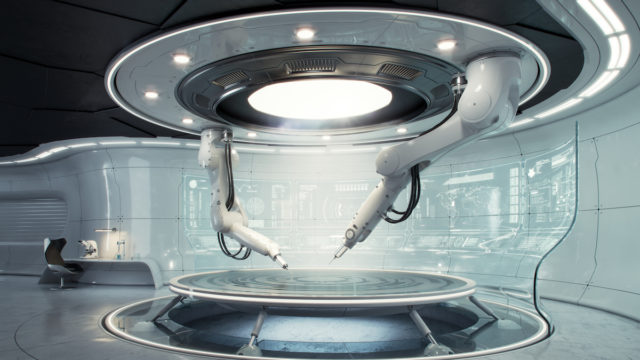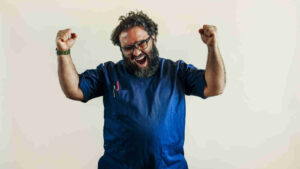Special Report: Three-dimensional printing is changing the face of medicine, as the specialised machines allow for the creation of complex structures from virtual digital models.
Three-dimensional printing is used in medicine for just about everything — from building custom prosthetics for patients with missing body parts to creating patient models for planning complex surgeries.
In particular, there’s been an explosion of interest in using 3D printed technology by surgeons who treat orthopaedic trauma – severe injuries to the skeletal or muscular system, such as from a fall, sporting accident or car crash.
The Journal of Clinical Orthopaedics and Trauma likened 3D printing to a “second industrial revolution” in a special issue devoted to the “technological marvel” in 2018.
“All over the world, orthopaedic surgeons and allied professionals are enthusiastically using 3D printing technology for designing patient-specific models, instrumentation, implants, orthosis and prosthesis… and the same has been applied for nearly all areas of orthopaedic trauma surgery, from head to foot,” the authors wrote.
3D printing creates ‘perfectly matched’ implants
Jing Lim, Ph.D., chief technical officer of Perth-based regenerative medicine company Osteopore (ASX:OSX), says there’s a good reason why the technology is taking off.
“3D printing is an exciting manufacturing technique as it allows the fabrication of complex macrostructures and intricate microstructures in a single step – this is technically challenging and sometimes impossible with traditional manufacturing techniques,” he says.
“The growing awareness of innovative technology such as 3D printing, coupled with a concomitant growth in desire for better quality healthcare, has contributed to its popularity in the field of medicine.”
Treating bone defects in the human body can be a daunting task, especially when there’s significant bone loss, Dr Lim says.
While small bone losses can be treated by transferring bone from another location in the body, there may not be sufficient bone available to harvest for a bone graft for more extensive injuries, Dr Lim explains.
Also, for some traumatic injuries such as traffic accidents, the bone that remains might be jagged and irregular, making it difficult for a surgeon to perfectly match the defect.
“With 3D printing, it is now possible to create perfectly matched implants by using the CT scans of the patient – this is known as a patient-specific implant,” he says.
Osteopore’s innovative solution
Some 3D printed implants are made from permanent materials such as titanium, one of the few metals accepted by the human body.
These implants are permanent and stable, but also inert – failing to provide a regenerative biochemical environment.
Osteopore has opted for a different approach, currently marketing several implants made from polycaprolactone, a bioresorbable polymer (plastic).
“Bioresorbable 3D printed implants are still able to provide a sufficiently stable physical environment, and the selection of polycaprolactone meant that we had created a regenerative biochemical environment that allows a robust biological response from the body,” Dr Lim emphasised.
“This unique combination is due to the deep understanding of bone healing and its requirements – our Regenerative Implant is not just a like-for-like replacement.”
Osteopore can create patient-specific implants based on CT and MRI imaging that can be used in any part of the body during major bone reconstructions.
The Singapore-based company develops and manufactures products that facilitate the regeneration of bones by bridging unnatural voids in the human skeletal structure, particularly in the skull, face, jaw, and upper and lower extremities.
In addition to patient-specific implants supplied by Osteopore, the company designs and produces a range of standard products used in reconstructive and cosmetic procedures. These include Osteoplug, a bioresorbable implant used for filling burr holes cut in the skull during brain surgery; Osteostrip; also used for filling voids after replacing the patient’s cranial bone flap in traumatic brain injury or tumour removal surgery; and Osteomesh, a versatile implant used in craniofacial surgeries such as those to treat eye socket and mandibular fractures, eyelid, and functional nose reconstruction.
“The technology has been validated in 10-year retrospective reviews to be safe and effective for our patients,” Dr Lim says.
This article was developed in collaboration with Osteopore, a Stockhead advertiser at the time of publishing.
This article does not constitute financial product advice. You should consider obtaining independent advice before making any financial decisions.
You might be interested in












